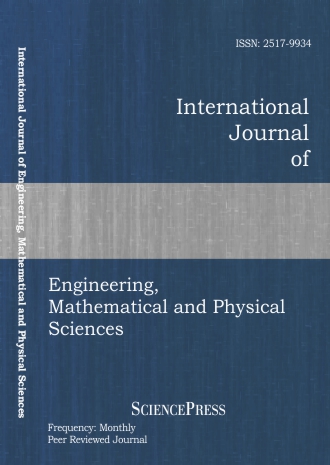
Scholarly
Volume:7, Issue: 6, 2013 Page No: 1054 - 1059
International Journal of Engineering, Mathematical and Physical Sciences
ISSN: 2517-9934
2543 Downloads
A Numerical Simulation of the Indoor Air Flow
The indoor airflow with a mixed natural/forced convection was numerically calculated using the laminar and turbulent approach. The Boussinesq approximation was considered for a simplification of the mathematical model and calculations. The results obtained, such as mean velocity fields, were successfully compared with experimental PIV flow visualizations. The effect of the distance between the cooled wall and the heat exchanger on the temperature and velocity distributions was calculated. In a room with a simple shape, the computational code OpenFOAM demonstrated an ability to numerically predict flow patterns. Furthermore, numerical techniques, boundary type conditions and the computational grid quality were examined. Calculations using the turbulence model k-omega had a significant effect on the results influencing temperature and velocity distributions.
Authors:
References:
[1] M. Schatzmann and A. J. Policastro, Effects of the Boussinesq approximation